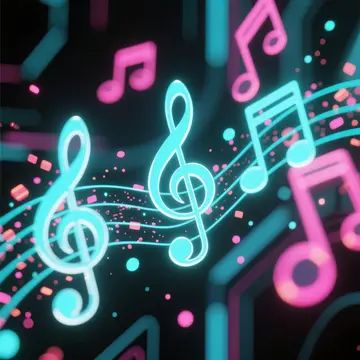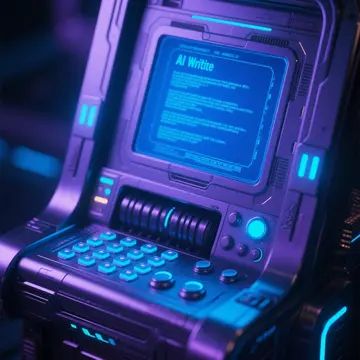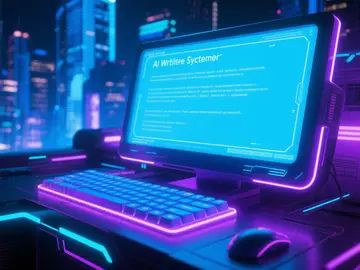?? Introduction: A Double-Edged Sword for Indie Musicians
For independent artists, AI-Powered Music Recommendation Systems have become both a powerful ally and an invisible gatekeeper. These algorithms—used by Spotify, Apple Music, and YouTube—can catapult unknowns to stardom or bury them in obscurity.
But how exactly do they affect indie artists? Let’s explore the opportunities, challenges, and strategies to thrive in the age of algorithmic discovery.

?? The Upside: How AI Helps Independent Artists
1. Democratized Discovery
No label needed: AI can surface unsigned artists alongside major-label acts if their sound resonates.
Global reach: A bedroom producer in Nairobi can gain fans in Norway overnight.
Success Story:
Steve Lacy’s "Bad Habit"* blew up on TikTok’s algorithm before radio or labels noticed.
2. Data-Driven Feedback
Skip rates reveal when intros are too long.
Save rates show which hooks work.
Playlist adds indicate fan demographics.
Tool Tip:
DistroKid and TuneCore now provide AI-generated listener insights to indie artists.
3. Viral Potential
AI identifies "high engagement" tracks for algorithmic playlists (e.g., Spotify’s Fresh Finds).
Even one playlist placement can mean thousands of new fans.
?? The Challenges: Algorithmic Hurdles for Indie Artists
1. The "Rich Get Richer" Problem
AI tends to favor tracks with existing momentum (more streams → more recommendations).
Solution: Collaborate with playlists/bloggers to trigger initial momentum.
2. Genre and Mood Traps
Experimental genres (e.g., hyperfolk) often get misclassified.
Example: An artist mixing flamenco with EDM might only reach half their potential audience.
3. Opaque Systems
No artist can "opt into" recommendation algorithms directly.
Workaround: Encourage fans to save songs to libraries (signals preference to AI).
?? Case Study: Indie Artists Who Beat the Algorithm
| Artist | Strategy | AI-Driven Breakthrough |
|---|---|---|
| Parcels | Targeted niche playlists (synth-funk) | Spotify’s All New Indie placement |
| Clairo | Early TikTok trends | YouTube Music’s Discover Mix push |
| Khruangbin | Consistent sonic branding | Apple Music’s Chill Vibes feature |
?? How Indie Artists Can Work With AI Systems
1. Optimize Your Metadata
Accurate genre tags (e.g., "indie soul" vs. just "soul")
Mood/energy labels (crucial for playlist algorithms)
2. Encourage Engagement
Ask fans to:
? Save songs (stronger signal than just streams)
? Add to playlists (even private ones help)
? Share on socials (triggers platform algorithms)
3. Leverage "Algorithm-Friendly" Trends
Intro hooks under 15 seconds (for TikTok/Reels)
Consistent release schedules (AI favors active artists)
?? The Future: AI as an A&R Scout?
Label deals based on AI predictions: Warner Music already uses Sodatone to sign artists.
AI-generated artist development: Tools like Boomy suggest production tweaks for wider appeal.
Controversy: Some argue this could homogenize indie music to fit algorithmic preferences.
?? Key Takeaways for Independent Artists
? AI can be your promoter—but you must understand its rules.
? Data is power: Use listener insights to refine your sound.
? Balance authenticity with optimization: Don’t let algorithms dictate your art entirely.
?? Pro Tip: Distribute through RouteNote or Amuse for free AI analytics on streaming platforms.


